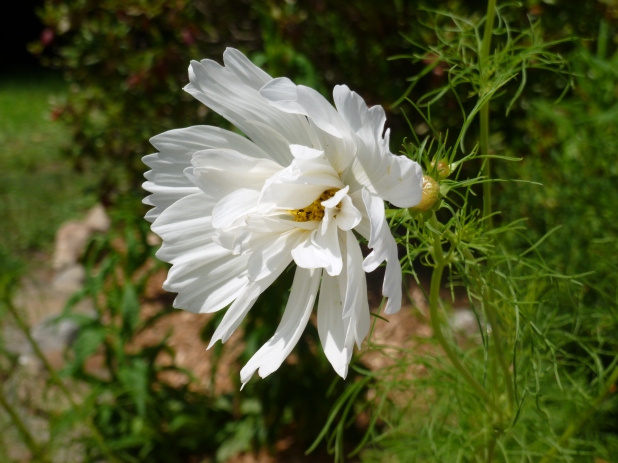
When the pledge Taking a Seat for Justice first came out, I thought there would be complaints that a year is too long. Couldn’t we make it three months, or one month? But no one has objected to the length of the pledge. Rather it’s the premise of the pledge––to showcase the voices of victims without censure or reframing––which is apparently intolerable for even a day.
In 2002, I stopped teaching and practicing Ashtanga yoga. It took time for me to get clarity, to unlearn the Jois-Ashtanga training of being undiscerning about immorality and abuse. It’s been a long, hard journey to today, to reconnect with my original purpose for practicing yoga: to discover sanctuary within myself and engage with the world from that place.
I didn’t feel safe enough, while he was still alive, to come forward about Pattabhi Jois abusing me. I also didn’t think it would make any difference. The dismissal of the women who spoke up promptly after he assaulted them, including Anneke Lucas and Jubilee Cooke, confirms that. We’ve learned that the abuse continued pretty much to the end of his life, including that he raped some of his students even after Lucas and others confronted him at various times. As if that wasn’t enough, the backlash that I’ve faced since my #MeToo post makes it clear that there’s nothing I or any other victim could have done to have disrupted the most prestigious teachers from enabling of Pattabhi Jois.
The problem in Ashtanga yoga, and other styles of yoga as well, is that there’s not much support for victims of abuse to come forward. This is not just about the guru model. Many yoga teachers and practitioners are more concerned with appearances, status, having the right connections and not going against the tide, than standing up to abuse and abusers. In regards to developmental evolution, this behavior is on par with an average middle school student.
Yoga practitioners, if a popular yoga teacher abused you, would you feel safe to come forward in order to protect other students? Do you think you would be treated with respect if you did?
I’ve received upwards of 100 messages from victims/survivors of abuse in yoga. Most are too afraid to come forward. The few who have come forward were further traumatized by opposition and lack of support from their community and people they considered friends. Because of the fear of reporting or the incompetent response to accounts of abuse, other yoga students will not be protected from abusive teachers.
At this point there over 950 supporters, but only a handful of Jois-affiliated Ashtanga teachers who have signed the pledge. Among the supporters, I recognize many names of people who messaged me about abusive teachers. If Ashtanga teachers reject the premise of the pledge, they’re not just rejecting my voice and other survivors who have broken the silence, but more significantly they’re rejecting the voices of victims/survivors who have yet to speak up.
You can not make it safe for victims/survivors to come forward if you do not magnify and respect the voices of those who already have.
Currently there are many blogs, workshops and panels regarding abuse, safety, consent and methods of teaching yoga that disregard the vital importance of victims’ insights in these conversations.
Dismissing victims’ voices enabled abuse in the past and will continue to do so in the present. Not all abusers are dead. The dynamic that sees victims as broken or unworthy of inclusion is not dead either. If you only include us when you can act as interpreters of what we say, that is not inclusion.
Actually, it is because of our ability to see and understand what others could not, and our courage to persist and speak a truth which no one wanted to acknowledge, that yoga pedagogy is being re-evaluated in the first place.
We are the experts on this issue and have walked the path of healing that others are still grappling to delineate through these conversations. What we have to say is not comfortable or convenient, but is necessary to transform yoga communities and spaces into supportive places for speaking difficult truths or challenging the status quo.
That is real sanctuary.